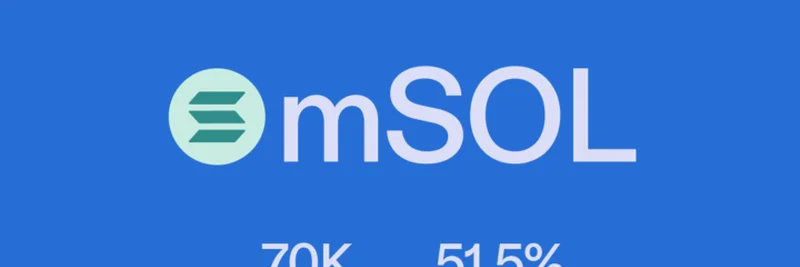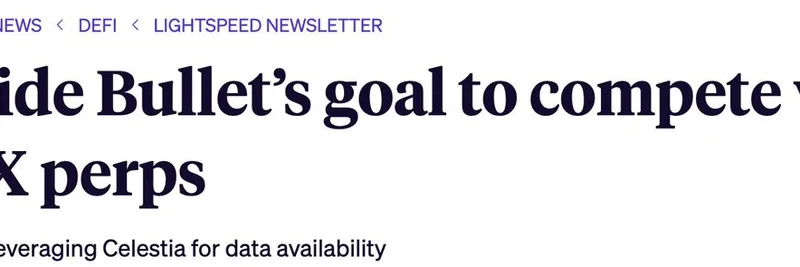Hey there, meme enthusiasts! If you're deep into the world of meme tokens like DOGE, PEPE, or the latest viral sensations on Solana or Ethereum Layer 2s, you've probably noticed how network congestion and high fees can kill the vibe. Well, a recent thread from BanklessHQ (check it out here) is buzzing about Ethereum's next big upgrades: Fusaka and Glamsterdam. These aren't just tech jargon—they could seriously amp up the meme token game by making things faster, cheaper, and more resilient. Let's break it down in simple terms and see what it means for your favorite memes.
What's the Buzz About?
BanklessHQ, a go-to source for crypto insights, dropped a live discussion featuring Ethereum core developer Preston Van Loon. He chatted with host David Hoffman about the roadmap ahead, focusing on two major hard forks: Fusaka and Glamsterdam. (A hard fork, by the way, is like a software update that changes the blockchain's rules, often adding new features.)
The thread highlights how these upgrades aim to scale Ethereum without overwhelming its validators—the folks who keep the network secure. One key point? Fusaka's PeerDAS (Peer Data Availability Sampling) could multiply Ethereum's data capacity by 16 times. That means more room for transactions without jacking up storage needs for validators. Result? Cheaper and speedier Layer 2 solutions, where a ton of meme tokens live and thrive.
Then there's Glamsterdam, which pushes for "unstoppable settlement" through features like ePBS (Enshrined Proposer-Builder Separation) and Fossil. These enshrine mechanisms to fight censorship, ensuring transactions can't be easily blocked. In a world where memes often poke at the establishment, this censorship resistance is huge for keeping the fun (and the trades) flowing freely.
Breaking Down Fusaka: Scaling for the Meme Masses
Fusaka is all about handling more data efficiently. Right now, Ethereum's Layer 1 can get bogged down, leading to sky-high gas fees during meme coin pumps. PeerDAS changes that by allowing validators to sample data availability peer-to-peer, rather than storing everything themselves. It's like sharing files in a torrent—efficient and decentralized.
For meme tokens, this is gold. Many memes operate on Layer 2 rollups like Base, Arbitrum, or Optimism, which batch transactions and post them to Ethereum for security. With 16x more data capacity, L2s can process way more trades at lower costs. Imagine launching a new meme coin without fees eating into your hype-driven gains. Plus, faster settlements mean quicker flips and less frustration during viral moments.
A quote from a related post in the thread by @Bookof_Eth sums it up nicely: "Fusaka → PeerDAS brings 16x data availability with the same validator load, scaling L2s in cost, speed, and reach." If you're building or trading memes, this could make Ethereum L2s the ultimate playground, rivaling even Solana's speed.
Glamsterdam: Fortifying Against Censorship
Moving on to Glamsterdam, this upgrade focuses on making Ethereum more robust. ePBS separates the roles of proposers (who decide transaction order) and builders (who assemble blocks), embedding it right into the protocol. Fossil complements this by handling historical data more efficiently, reducing long-term storage burdens.
Why does this matter for memes? Meme tokens often thrive on controversy and free expression—think of how tokens like TRUMP or political memes surge during elections. Censorship resistance ensures that no central authority can squash these tokens by blocking transactions. In an era where regulators are eyeing crypto, this "unstoppable settlement layer" protects the decentralized ethos that makes memes so appealing.
Preston also touched on community feedback shaping the roadmap, shorter slot times (faster block production), and better validator experiences. It's a reminder that Ethereum is community-driven, much like the meme coin scenes that pop up organically.
Implications for Meme Token Traders and Creators
So, how do these upgrades tie back to your wallet? For traders, lower L2 fees mean more affordable sniping of new launches or farming airdrops. Creators can experiment with wilder ideas, like NFT-integrated memes or gamified tokens, without worrying about scalability bottlenecks.
Ethereum's rollup-centric future, as outlined, positions it as a hub for innovation. While Solana has grabbed headlines for its meme frenzy, these upgrades could pull the spotlight back to ETH-based ecosystems. Keep an eye on projects like those on Base, where meme coins are already exploding—Fusaka and Glamsterdam might turbocharge that growth.
The thread also mentions future EIPs (Ethereum Improvement Proposals) and leadership shifts, hinting at even more exciting developments. If you're serious about memes, staying informed on these tech evolutions is key to spotting the next big opportunity.
Wrapping It Up
Ethereum's Fusaka and Glamsterdam aren't just for the tech geeks—they're set to make the blockchain more meme-friendly than ever. By boosting capacity and hardening defenses, these upgrades could usher in a new era of accessible, resilient meme tokens. Dive into the full Bankless episode on Spotify for the deep dive, and follow @BanklessHQ for more updates.
At Meme Insider, we're all about decoding how blockchain tech fuels the meme revolution. What do you think—will these upgrades spark the next meme bull run? Drop your thoughts in the comments!


